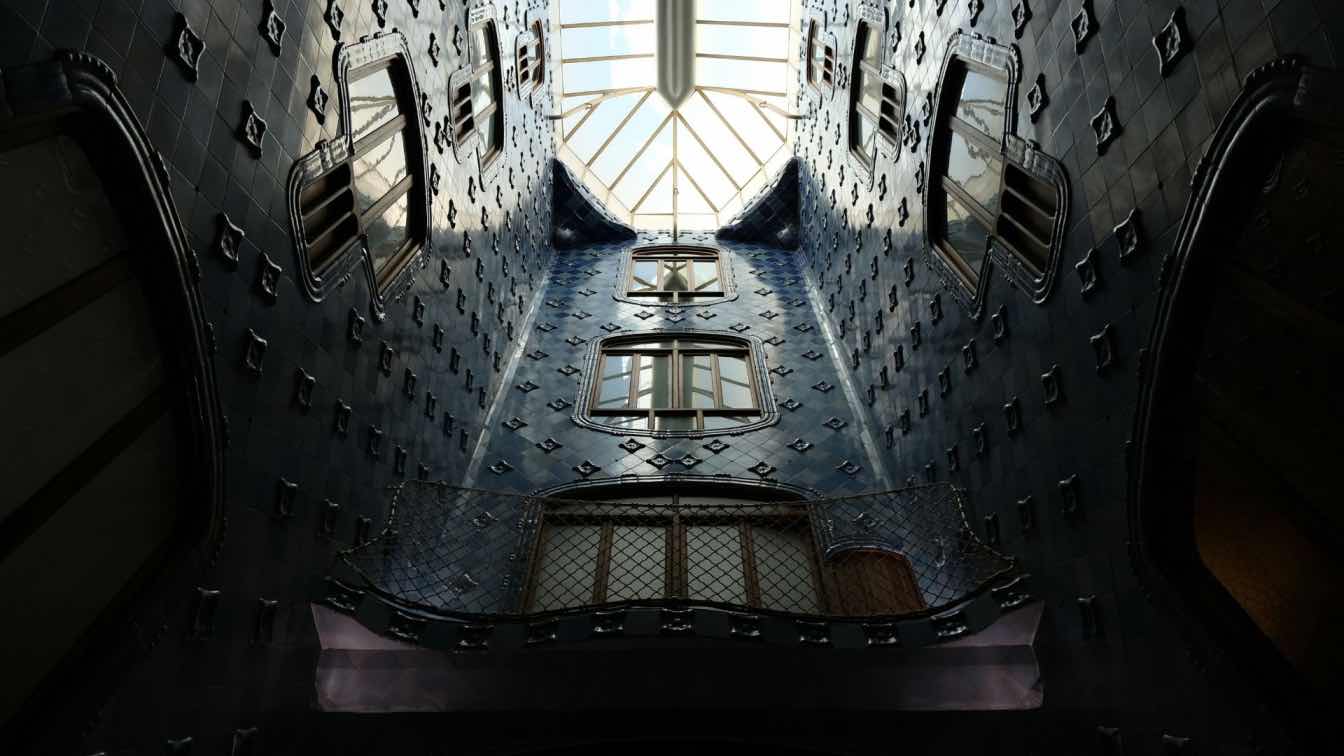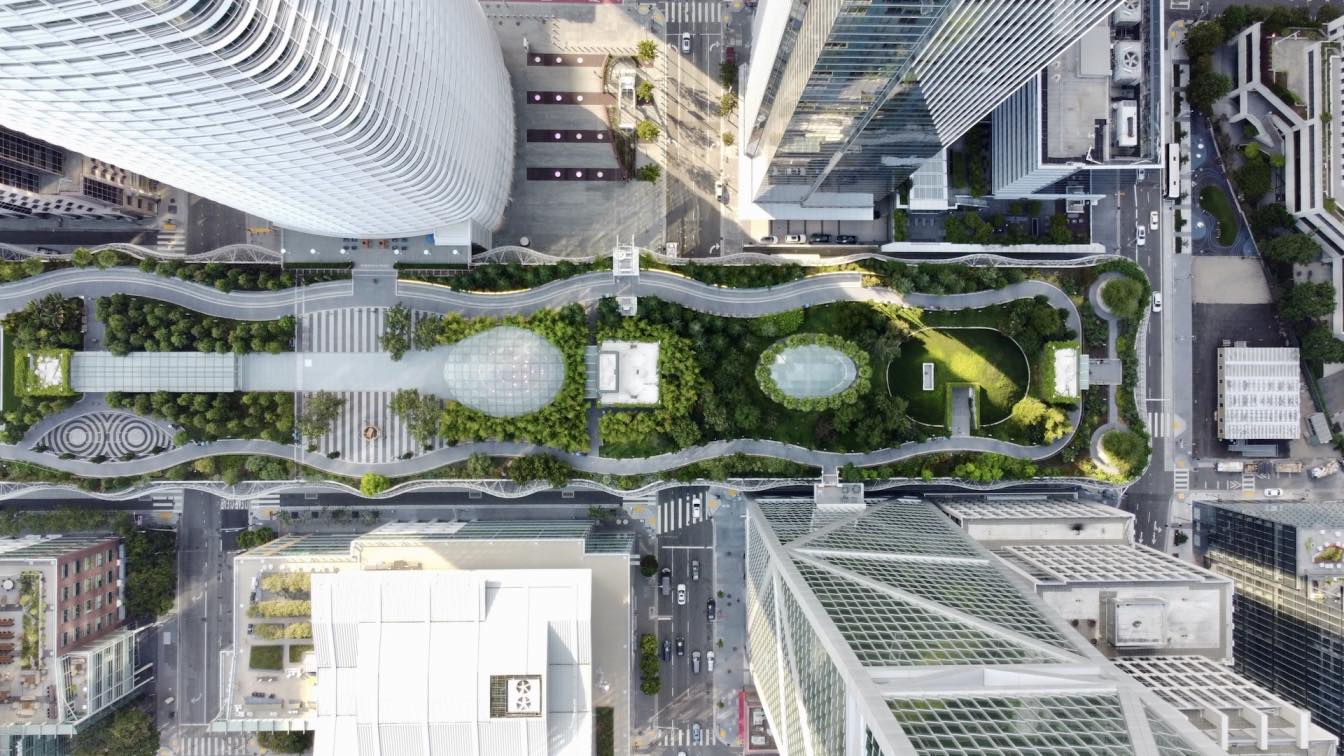The world of architecture is a world of freedom limited by technology. Outstanding architects have always tried to create their buildings so that they seem to overcome the laws of physics. Artful architecture should serve and impress the mind, inspire, and give emotion. Gothic buildings are meant to awe, Empire and Baroque should be amazed by their richness, and neo-modernism should break the boundaries of reality and familiarity. Studying the development and influence of architecture is a great topic for research. If you visit https://researchpaperwriter.net/, you will learn how to design your research project better and prepare a good foundation for your work.
One element of outstanding and experimental architectural projects is the creation of so-called architectural illusions. These illusions can change the perception of space by manipulating our senses and creating effects that, at first glance, seem impossible. Architects use them to attract attention, solve functional problems, and add aesthetic value to their projects.
History of Architectural Illusions
If we talk about the whole history of architecture, the direction of architectural illusions in this context is quite a young movement. It developed during the Renaissance when architects and artists began experimenting with light and perspective to create the illusion of expanded space. One of the most common cases is the use of quadratura (quadratura), a technique of illusionary painting, which creates the effect of continuation of architectural elements on the plane of the wall or ceiling. One of the most famous examples of such a technique is the church of Sant'Ignazio in Italy, where a fresco was painted instead of a real church dome, creating the effect of volume and three-dimensional space.
Nowadays, it is much easier for architects to create architectural illusions. They have computer modeling, modern materials, and techniques at their disposal. If you look at examples that are already several hundred years old, such works really cause admiration.
The Main Types of Architectural Illusions
We can distinguish two main types of architectural illusions if we do not talk about the multitude of subgenres and narrow directions in architecture.
Illusions of perspective. Architects can use skillful perspective work to create the illusion of narrowing or expanding space. One of the most famous examples is the Scala Regia staircase in the Vatican, designed by Gian Lorenzo Bernini. This staircase is designed so that the perspective makes it appear much longer than it actually is, giving the impression of grandeur and extension of space.
Trompe-l'oeil (trompe-l'oeil), or simply deception, is a technique for creating images that are so realistic that they appear to be real. One of the most famous architectural deceptions of the Baroque era is the gallery designed by Francesco Borromini. At first glance, the gallery seems very long, about 30 meters, although its real length is about 9. The convergence of plans achieves the optical illusion:
- The floor is raised.
- The vault is lowered.
- The side colonnades are gradually narrowed so that the perspective is strengthened.
- The point of convergence of perspective lines in the center of the luminous aperture at the end of the gallery seems distant.
Modern Examples of the Use of Architectural Illusions
Now, there are hundreds of examples of architectural illusions in buildings worldwide. They are not only found in religious, cultural, or governmental buildings at this stage. Every person who wants to build a house can ask an architect to do this kind of work. These techniques' secrets are now available, and technology makes creating spectacular illusions at minimal cost possible. Here are just a few impressive examples of such buildings, which are known throughout the architectural community.
House with Chimeras, Kyiv, Ukraine: This is a building that architect Vladislav Gorodetsky created as a most expressive example of architecture playing with form and space. The facade is decorated with figures of fantastic creatures and animals that evoke such an effect that the building seems to come to life and be in eternal motion.
Turning Torso Building, Malmö, Sweden -The project, designed by architect Santiago Calatrava, uses the twisting effect to give this building the appearance of being in motion. The building comprises nine cubic segments, each rotated by several degrees, thus performing the effect of a twisted structure.
Guggenheim Museum, Bilbao, Spain - Architect Frank Gehry used strange shapes and curves that make the building seem to move and flow. In a feeling, the building is just waves frozen in movement and, in fact, really appears to change with the angle of view and lighting.
Casa Batlló, Barcelona, Spain; one of the unique works from the genius mind of Antoni Gaudí-one of its kind with an undulating, vibrant façade form. Its curved lines and colored glasses create an illusion that it breathes and moves by itself. Therefore, it is considered one of Barcelona's most famous architectural landmarks.
Modern Materials for Architectural Illusions
Modern architects have a lot to work with and a place to exercise their imagination in creating architectural illusions. The toolkit is not limited to murals and structures. Often, to create illusions, a system of mirrored surfaces is used to erase the boundary between the building and the surrounding landscape, for example, in the Fondation Louis Vuitton in Paris.
Light projections and playing with lighting are also widely used to create images on facades. Such a technique is used in Vivid Sydney on the Sydney Opera House projected images that create the illusion of movement and change the shape of the building.
New materials, such as mesh structures or thin panels, are also being used. Thanks to these, architects can achieve transparency and lightness in the whole building.
Conclusion
Architectural illusions are an amazing tool that allows architects to play with the perception of space and create unique visual impressions. Modern technology and materials open new horizons for experimentation, making buildings functional and amazing works of art. The future of architectural illusions looks promising, and we can expect even more bold and exciting projects that will delight and amaze people around the world.





